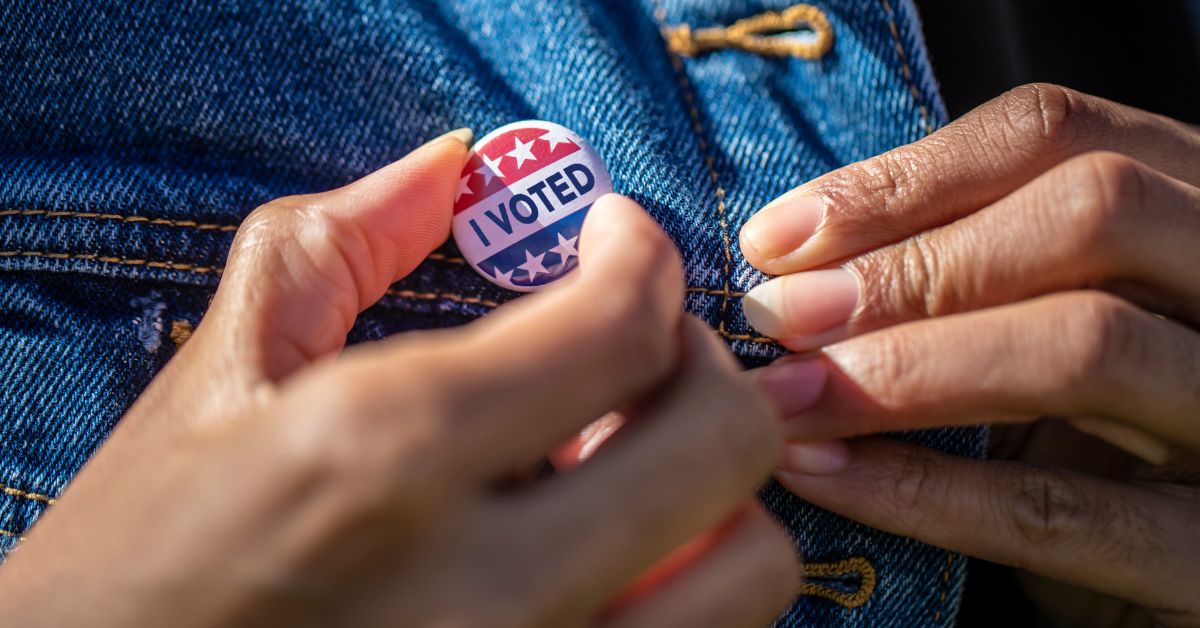While the urge to tune out an unpopular election may be understandable, most association leaders don’t have that luxury.
Like many before it, the 2024 election has the potential to alter the landscape for nearly every single government affairs team operating in Washington. It will determine party control of the White House, both chambers of Congress, and—often overlooked—thousands of state legislative seats.
The amount of change we could see on election night in November can impact almost every issue on anyone’s agenda, from abortion rights and immigration to infrastructure policy and the future of American taxation.
The situation begs a question: how will your association respond? If you plan to get involved in this year’s races, you are not alone.
Survey Says: Associations are Participating
Quorum’s 2024 State of Government Affairs Survey, which asked hundreds of government affairs professionals how they plan to steer their teams this year, shows that almost three out of four who work for associations (74 percent) plan to get active in the election.
What exactly do they plan to do? Survey respondents shared the ways they are getting involved. Here’s what they had to say:
- GOTV. More than half (52 percent) said they would encourage people to register and to vote.
- Issue Advocacy. The same percentage (52 percent) said they would advocate on issues, educating members and/or the broader public.
- PAC. Fewer than half (45 percent) said they would contribute to candidates through a Political Action Committee
- Candidate Support. Almost a third (31 percent) said they would support specific candidates outside a PAC.
What Is Your Plan?
Association leaders often face larger decisions at election time because they have a responsibility to represent and support their members—and those members can hold very different views. The decision to get involved in the election, and how to do so, can be fraught. Seen through one prism, partisan activity can alienate members who hold different political beliefs. The exact calculus will be different at every association.
Seen through another lens, however, getting involved in the election makes sense. Most organizations spend all year trying to influence federal and state lawmakers. It only makes sense to have a voice in the process that seats them. Ignoring an election that will dominate the national conversation for months may be seen as tone-deaf. Many associations have a membership that relies on them for both analysis and activism.
What can you do? Start by evaluating how you can help your members and your advocacy program. If your organization has a history of activism, don’t just dust off last year’s plan. Reevaluate it. If you are doing this for the first time, create a program that is realistic and relevant. Here are some ideas.
- Listen to Your Members. The election is one area where it pays to take the temperature of your membership. A short survey that covers how they feel about the election, what they plan to do, how you can provide help, and the best way to deliver it can be an extremely useful guide. Don’t be surprised if they plan to steer clear. And if they do, don’t take that as a directive to do the same. Many members need to understand the political landscape, even if they don’t get directly involved. Ask them what might be helpful and present a menu of suggestions. The answers can help you craft a high-impact plan.
- Keep It Nonpartisan. Some organizations proudly lean left or right, and to do so was a calculated decision. It advances their agenda. But flying a partisan flag is not a requirement, nor is it advisable for organizations that need to work with lawmakers in both parties. A better strategy is to focus on tactics that promote democracy more generally.
- Consider Civic Participation. Helping people register and vote through nonpartisan activities is solid, unassailable work. It may be as simple as giving your employees time off to vote and encouraging your members to do the same. Or it can be a more elaborate plan to provide resources to your members that help voters register and get to the polls. Either way, helping people participate in democracy provides a valuable service.
- Continue Educating. Most advocacy programs spend all year educating on issues, and the election need not be different. Solid, nonpartisan information on election issues from a trusted source can be incredibly helpful to your members and their various audiences. It might be a newsletter, a regular briefing, a video series, or anything else your members find helpful. If the information is timely, accurate, insightful, and nonpartisan, it will be well received.
- Plan for the Day After. After the election, the real work begins. There will be new state and federal lawmakers to meet, issue analysis to be done, and member briefings to conduct. You will be educating lawmakers. Association professionals have the expertise that new members of Congress lack when creating policy on complex issues. You will also be educating members, who will want to know what the action means. Your organization can play a valuable role by explaining it, whether in a briefing, a webinar, or a live event. But make your plans now. The days after the election are always noisy.
The last thing to consider is that an election program is an investment. Whether you are starting a program for the first time or dusting off and tuning up the plan from last time, the work you do today will be useful again in just two short years. Election work is almost always time well spent.
